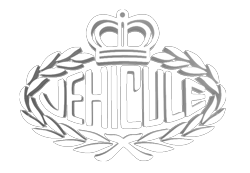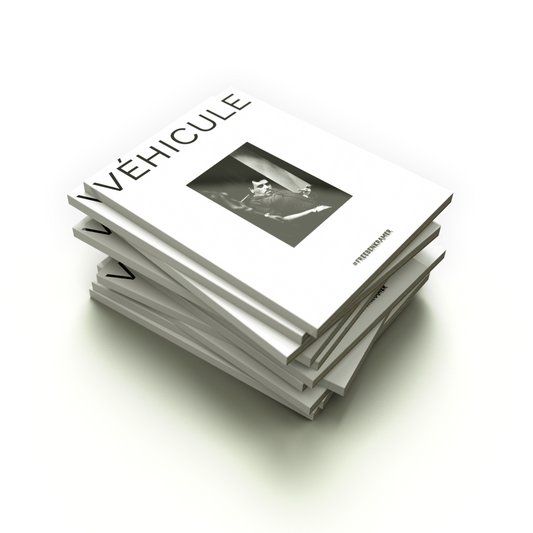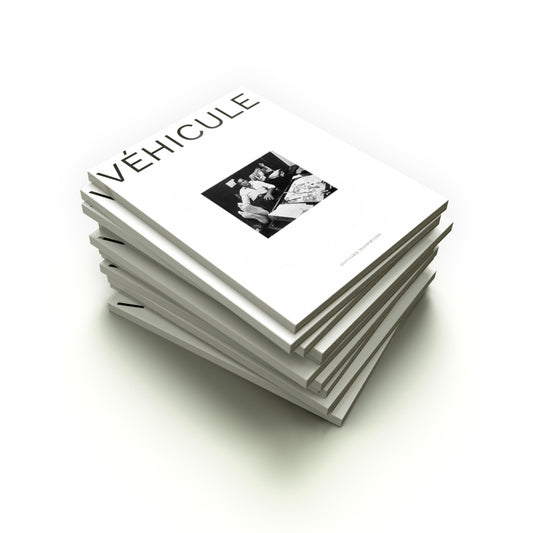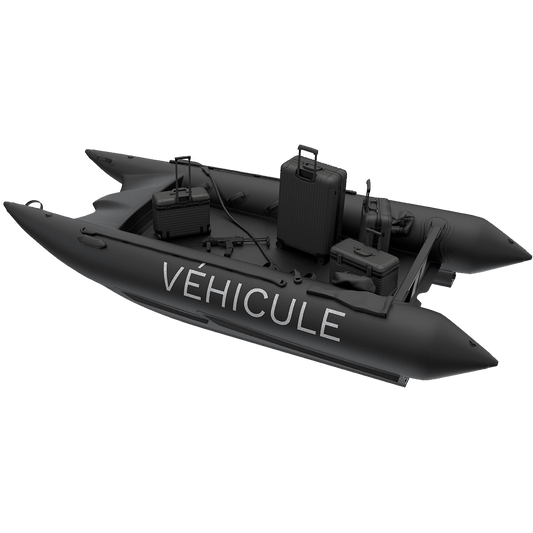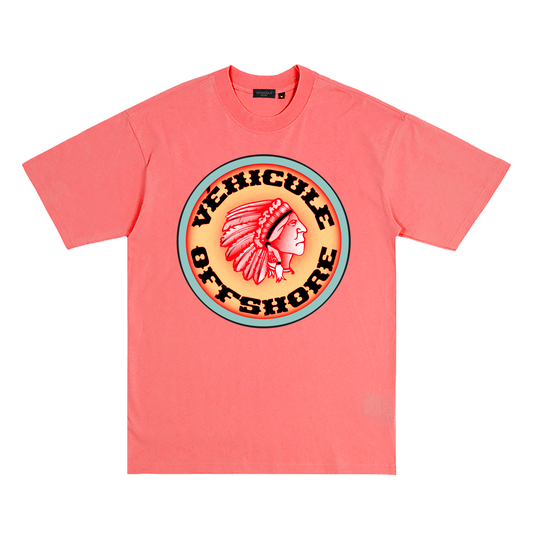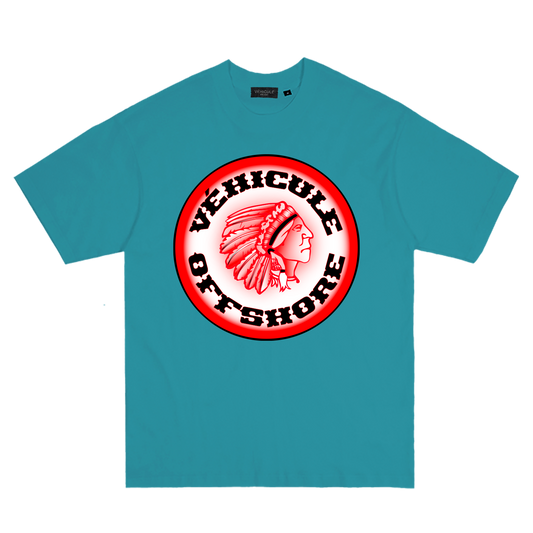Bootleggers, underage driving, and the birth of NASCAR.
A Daytona Beach mechanic, due to mistreatment by unscrupulous promoters, brought together a bunch of outlaw racers to create the foundations of what would become the National Association for Stock Car Auto Racing.
by Alfonso Muñoz Sahr
Stock car racing had its roots in Appalachia, where producing, selling, and delivering "homemade whiskey" as quickly as possible with vehicles that looked ordinary on the outside offered liquid salvation for family farms seeking to escape crippling poverty, especially during the Great Depression. "Those were hard times back in the hills, and you did things you shouldn’t to get by," said NASCAR Hall of Famer Curtis Turner, who began bootlegging at age nine.

Joe Littlejohn's racecar (No. 7) is seen outside "Little Joe’s" tavern in the late 1930s.
Moonshine has been fermented "homemade" around the world for years, but in the United States, especially in the South, illegal distilling accelerated during the Prohibition era (1920–1933).
When this law was revoked, people mistakenly thought "Well, suddenly the nation could drink again", but for decades—and even to this day—there were places where selling alcohol was still illegal. In some states, there were dry counties and wet counties, and within a dry county, wet cities.
Moonshining kept on after prohibition, and it was also part of the cultural heritage. In places where it was finally legal to sell alcohol, producers had to regulate their production, and buyers had to pay taxes. Southern farmers did not want to abide by these requirements, so they continued to do so illegally. After all, the business was profitable, and it was a very good solution for many families to put food on the table.
Hooch makers would make the brew and then give it to the runners to hand out to customers. The runners had to be fast and have a thorough knowledge of the back roads to evade anyone who tried to bust, snitch, or rob them.
Driving on mountain roads and at night is treacherous, especially when the IRS is chasing you. Sometimes at night, drivers would even turn off their headlights and deactivate their brake lights to avoid the heat.
Back in the bootlegging days, these drivers were not racing to get the checkered flag; they were racing to escape the law. Moonshine cars were built for only one reason, and this was just to outrun and escape the cops.
What was essential for these drivers were the tires. The factor that could define whether you would go home with money that night or end up in prison was the quality of the tires. Drivers obviously invested in the best tire, and many of them spent time in jail just because some bad tire couldn't handle the aggressiveness of these steel machines.

In 1947 for $10, you could've been an original member of NASCAR
You had all these people from the South who were coming up as "Whiskey Trippers", That's what they called the drivers. They were some of the most skilled drivers around, and so it was just natural that they would become later involved in NASCAR.
Junior Johnson was one of the first inductees into the NASCAR Hall of Fame. Johnson, as a young man, starting at about age 14, helped his father with his moonshine whiskey business. He was one of these guys who would go out at 14 years old, pre-driver's license, but he knew how to drive. And he would deliver the liquor to people. He knew how to drive fast and skillfully because the law was after him all the time.
"Moonshiners put more time, energy, thought, and love into their cars than any racer ever will," Johnson once said. "Lose on the track, and you go home. Lose a load of whiskey, and you go to jail."

Dubbed "The Last American Hero" by author Tom Wolfe in an article for Esquire magazine, Junior Johnson was a true original, on and off the track
Ford cars were popular among runners at the time (which is kind of ironic because Henry Ford was an outspoken prohibitionist). The Model T was affordable and could blend in well with the public, as 3 out of 4 cars on the road at the time were Model Ts.
While automaker Henry Ford banned drinking by his workers, his Ford V8 was literally the engine that drove moonshining after its 1932 debut. The stock black paint of this car was perfect for driving undetected at night, and the flathead V8 engine was an impressive machine that proved to have a lot of potential. With the proper modifications, this coupe could have easily outperformed anything the local police had in their fleet.
It turns out that Ford accidentally created the perfect hooch delivery vehicle. It was fast enough to stay one step ahead of the law, rugged enough for the mountain roads, and had a big enough trunk and back seat to squeeze in moonshine.

It wasn't uncommon to swap out another more powerful engine like a V8 from a Cadillac, the biggest V8 available at the time. The torsion bar was highly praised by bootleggers, as it provided extra stability when hauling all that cargo.
When stripped out, this little Ford coupe could hold up to 132 gallons of homemade whiskey. Very soon, the drivers and mechanics became even more ingenious and started adding features like brakes, which could enable cars to corner even more swiftly by stopping just one side of the car, or switches that could turn off rear lights in the dark.
Although the end of prohibition did not mean the end of smuggling, moonshiners were still producing their alcohol, but on a smaller scale. Now that the runners didn't have to do many more runs, they had more time to run, and let's face it, when you take a sip of the adrenaline rush of speed, you get addicted for life.

"Rapid Roy" Hall (center) was a pioneering American stock car racing driver who was also involved in the moonshine trade
Whiskey racers no longer had the need to deliver moonshine in the dead of night, and bootleggers began racing their whiskey wagons at local fairgrounds, cornfields, and racetracks, where they discovered that people, sometimes tens of thousands, were willing to pay to watch them show off their driving skills. Stock-car racing was born.
After World War II, many racetracks did not allow runners to race for fear that outlaw bootleggers would tarnish the racing organizations image. Atlanta's Lakewood Speedway became the first racetrack to allow known bootleggers. The promoters caved to possible protests to allow the bootleggers to compete, which would have caused a lot more trouble than simply allowing a couple of hooligans to compete. Various stock car racing associations existed, but they lacked uniformity and consistency.
The Daytona Beach Modified race held on January 16th, 1949, was won by Marshall Teague
On March 8, 1936, a bunch of drivers gathered at Daytona Beach, Florida. The drivers brought coupes, hardtops, convertibles, and sports cars to compete in an event to determine the fastest cars and best drivers. Throughout the race, the heavier cars got bogged down in the sand while the lightweight Fords navigated the ruts of the course, eventually claiming the top six finishes for the race.
Bill France, a young driver from Daytona Beach, placed 5th at the end of the day. He saw an opportunity to bring the stock car racing associations together, as he recognized the skills of the whiskey drivers and did not see them as a threat to racing.
Big Bill was a race car driver, skilled mechanic, and race promoter, but the next few years, instead of driving, he concentrated on organizing rival owners, mechanics, and drivers under a common set of rules. He worked for guaranteed purses, introduced safety and rescue innovations, and urged rival groups to adopt uniform officiating.

The Streamline Hotel is the recognized birthplace of the National Association for Stock Car Auto Racing and the oldest standing hotel in Daytona Beach
His efforts culminated on December 14, 1947. On that day, three dozen like-minded racers met in the Streamline Hotel in Downtown Daytona, Florida, to hear France’s vision to unify stock car racing under one banner, and there the National Association for Stock Car Auto Racing was formed. Two months later, in February 1948, the first NASCAR race was held at Daytona Beach. The winner was Red Byron in his Ford Coupe, a former moonshine runner.
Rum-running would land some of these drivers in prison repeatedly before competing in NASCAR, and their failures here were blamed on flat tires at inopportune moments. For this reason, several companies had developed high-quality tires specifically for the rum-running business.
Roy Hall, for example, spent quite a few times in jail for bootlegging, and later bank robberies would see him jailed for three years from 1946 to 1949.

Red Byron, first NASCAR winner with his Ford tuned by his mechanic Red Vogt
But the ties between NASCAR and moonshine have always been there, even in modern times. In 2009, Dean Combs A former NASCAR driver was arrested for taking the sport back to its roots. Combs was charged in connection with running a moonshine still.
Around the same time, legendary driver Junior Johnson started a legal moonshine business using his father's recipe for a product called "Midnight Moon Moonshine."
To this date, NASCAR seems to encapsulate an attitude that describes what America loves the most: rebellious, fast, and illicit fun!
Read all about drug smuggling operations in the VÉHICULE print edition.
